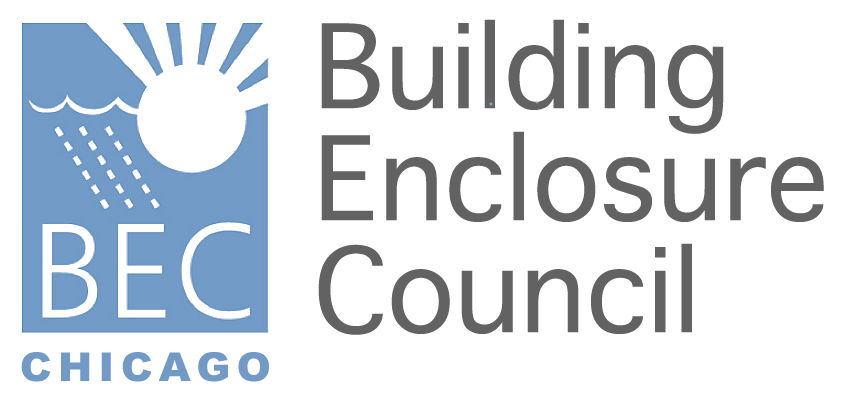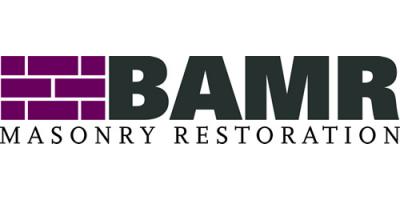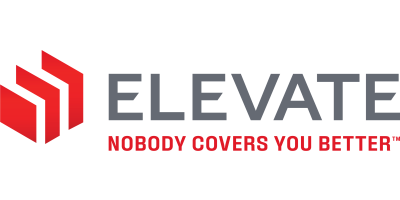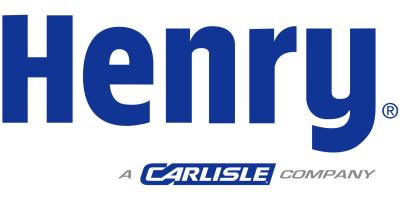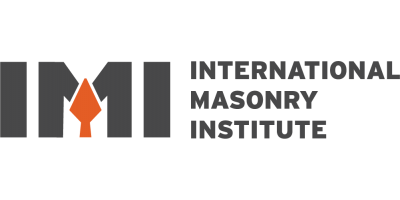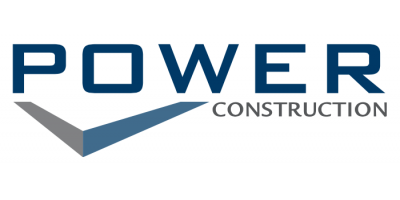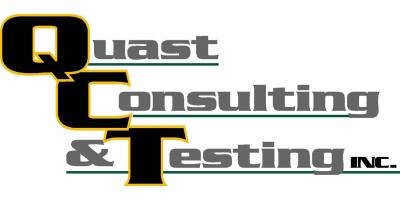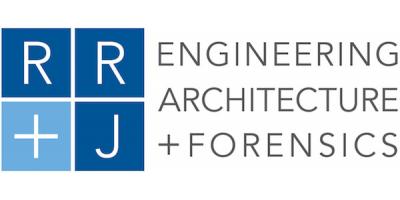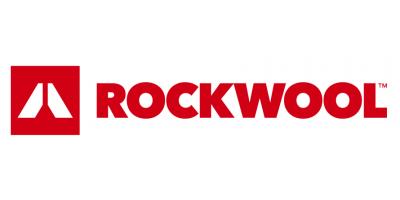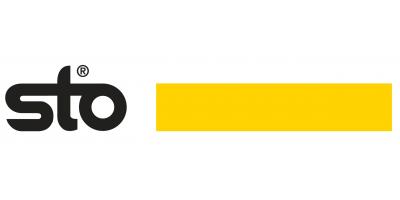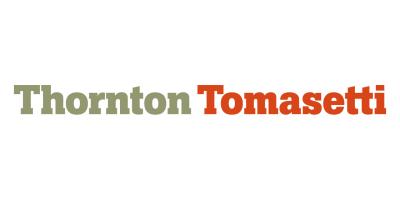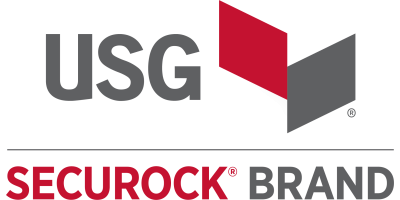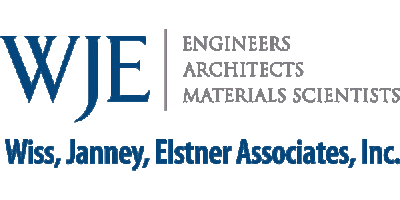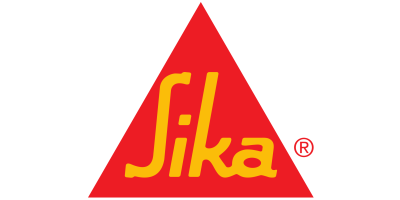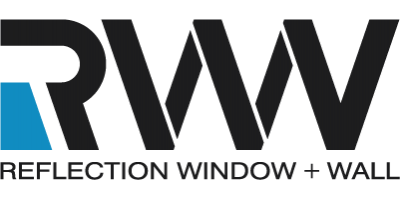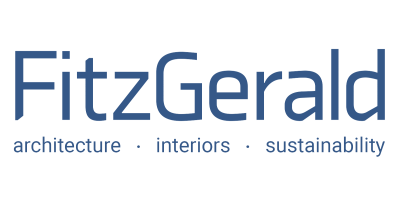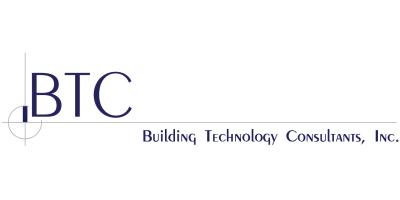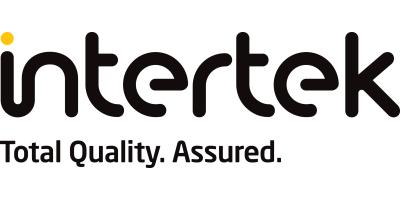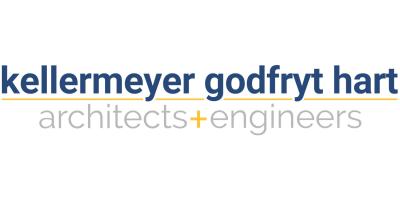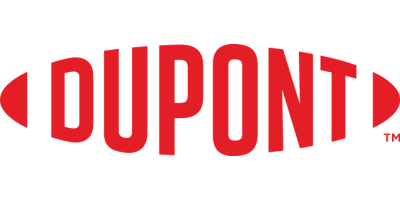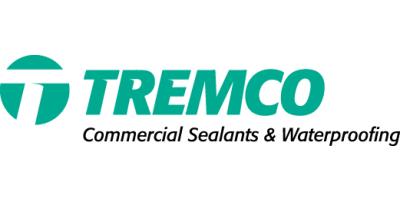| Location | Gensler, 11 East Madison St., Chicago |
BEC-Chicago will host an evening presentation on September 13, 2012 featuring, Vicente Montes, a nationally recognized speaker, talking about solar reflectivity. Recent skyscraper designs have extensive exterior glass paneling that may cause hazardous glare to neighboring buildings or nearby traffic. Most building codes do not explicitly limit solar reflectivity in the architectural design criteria. However, for large projects or iconic structures it is prudent to evaluate the potential risk of negative affects of solar reflectivity from a proposed design. Examples of recent problem designs include the Disney Concert Hall in Los Angeles, CA and the Vdara Hotel in Las Vegas, NV, reported in local newspapers to produce a "death ray" due to intense solar reflections. Current tools to study the affects of solar reflectivity are limited to single ray tracing computations that do not account for accumulation nor for intensity of light. Not only are building codes silent on requirements or limits for reflectivity, but neither is any industry metric available for defining acceptable performance. More information to follow, so please check back in the coming weeks.
